ENVÍO GRATIS PARA PEDIDOS SUPERIORES A 45€
EMBALAJE SIN PLÁSTICO
ENVÍO GRATIS PARA PEDIDOS SUPERIORES A 45€
EMBALAJE SIN PLÁSTICO
ENVÍO GRATIS PARA PEDIDOS SUPERIORES A 45€
EMBALAJE SIN PLÁSTICO
Introduction
Summertime brings with it a bounty of fresh fruits and vegetables. However, the warm weather can also accelerate the ripening of this produce, leading to premature spoilage if not stored correctly. So, how do you make the most of summer’s fresh produce? This guide will share valuable insights on the proper storage techniques to extend the lifespan of your fruits and vegetables.
The Importance of Proper Storage
Proper storage of fruits and vegetables is crucial not only to maintain their freshness but also to preserve their nutritional value. Improper storage conditions can lead to loss of taste and nutrients, and in some cases, can even make the produce unsafe to eat due to the growth of harmful bacteria.
Understanding Ethylene and Its Effect on Produce
Did you know that storing fruits and vegetables together is the quickest and most common way to prematurely ripen and ruin your foods? Fruits give off a high level of ethylene, a ripening agent, which can prematurely ripen and spoil nearby vegetables
The Influence of Temperature and Humidity
Different fruits and vegetables have different storage temperature and humidity requirements. As a general rule, most fruits and vegetables should be stored in a cool, humid environment. However, some fruits and vegetables, like cucumbers and tomatoes, do better at room temperature.
General Guidelines for Fresh Produce Storage
Storage Tips for Vegetables
Before storing fresh veggies, remove all ties and rubber bands and trim leafy ends, but leave an inch to keep the veggies from drying out. If you’re storing veggies in a bag, make sure there’s a hole to allow airflow, then pack the veggies loosely in the refrigerator to prevent premature rotting. The more space they have, the longer they’ll stay fresh.
Storage Tips for Fruits
Stone fruits, avocados, tomatoes, mangoes, melons, apples and pears continue to ripen if left sitting on a countertop, so only leave them out if you don’t mind them getting a bit more ripe. Fruits like bell peppers, grapes, citrus, berries and cherries start to deteriorate if they aren’t refrigerated. Bananas, in particular, ripen very quickly, and also speed the ripening of any nearby fruits.
Specific Storage Techniques for Summer Produce
Berries
Berries are tremendously delicate once picked. Wash your berries in a diluted vinegar bath and gently spin them dry in a salad spinner lined with paper towels until they are completely dry. The vinegar helps to destroy mold spores and bacteria on the berries quote
that threaten ripeness. Store the cleaned berries in a sealable container lined with paper towels, leaving the lid open a little to allow moisture to escape.
Cherries
Cold storage is key to keeping cherries fresh. Cherries lose more quality in one hour at room temperature than a day in the refrigerator. So get those cherries in the fridge as soon as possible, preferably wrapped in a plastic bag. Avoid washing them until just before eating and always use cold water.
Cucumbers
Even though chilled cucumbers are the epitome of refreshing, they should be stored at room temperature — not in the refrigerator. Cucumbers are sensitive to temperatures below 10°C so cucumbers thrive and last longer at room temperature. If you store them in the fridge (below 10°C) they’re prone to developing “chilling injuries,” including water-soaked areas, pitting and accelerated decay. If you keep your cukes on the countertop, know that they’re highly susceptible to ethylene — the ripening agent in most fruits — so keep them separate. And, if you insist on chilling your cukes, keep them toward the front of the fridge in the middle where it’s warmer, and eat within three days.
Greens
The best way to store fresh, leafy greens is to wash them, shake off the excess water in a salad spinner, then spread the greens on paper or cloth towels to dry. With the greens still on the towels, roll the towels and refrigerate until you’re ready to eat; unroll the towels just enough to retrieve your greens then roll them up again! The absorbent towels do a great job of keeping the greens moist, but not wet, and protect the greens from the sometimes harsh conditions in the fridge.
Herbs
The best way to store fresh herbs is to keep them like you would flowers — in a vase of water. Trim the stems every few days to keep the herbs fresh, and use at will.
Onions
Surprisingly enough, onions ripen quickly in the fridge and give off a high amount of ethylene. So we suggest storing them well away from all other fruits and vegetables on the countertop. This not only keeps your onions ripe, but keeps everything else in the fridge ripe longer, too.
Root Vegetables
Carrots, radishes and beets and other root vegetables are hearty in your recipes, but are actually relatively delicate and tend to wilt and get limp once picked and refrigerated. For snappy carrots, beets and radishes, trim, then store them in a bowl of cold water, covered in the fridge.
Stone Fruit
Plums, peaches, apricots and nectarines continue to ripen when stored at room temperature on the countertop. We suggest keeping them on the countertop until just before peak texture and taste, then refrigerate and eat as soon as possible.
Sweet Corn
You can theoretically store corn for several days refrigerated in the husk, but they will gradually lose their sweetness and begin to taste starchy even when cooked. Corn connoisseurs will tell you sweet corn should be eaten the day it’s picked, preferably within hours, while the corn is at its sugary peak. With any corn you can’t eat right away, it’s best to slice off the kernels and freeze them for using in soups or salads.
Tomatoes
Tomatoes are a staple in many kitchens, especially in the summertime when they are at their peak. When storing tomatoes, it's essential to keep them on the countertop at room temperature. Contrary to what one might think, refrigerating tomatoes can actually cause damage to the membranes inside the fruit walls. This can lead to a loss of flavour and a development of a mealy texture, which is not desirable in a fresh tomato. The countertop is the best place for tomatoes as they can continue to develop flavour until maturation peaks a few days after picking.
Storing Other Summer Produce
The general guidelines mentioned earlier are excellent starting points for storing most fruits and vegetables. However, specific types of produce may have unique storage requirements. Here are a few more tips for some other popular summer produce.
One factor that we must not overlook in our quest to maintain the freshness of our produce is the choice of storage container. The type of container you choose to store your fruits and vegetables can significantly impact their longevity and freshness. In this respect, stainless steel food containers come highly recommended.
Why opt for stainless steel? Firstly, they are incredibly durable and resistant to damage, meaning they can withstand rough handling in a bustling kitchen. Secondly, they're non-porous, meaning they don't absorb or retain odours and flavours from the foods stored within them.
Thirdly, stainless steel containers are easy to clean and are typically dishwasher safe, reducing the likelihood of bacterial growth and ensuring the container remains safe and hygienic to use. Fourthly, they're environmentally friendly. Stainless steel is 100% recyclable, meaning when your container has reached the end of its useful life, it can be completely recycled, reducing waste.
Finally, stainless steel containers have excellent temperature regulation properties, keeping cold foods cold and hot foods hot, making them an excellent choice for storing a variety of food items. Thus, if you're serious about maximising the freshness of your summer produce, consider investing in high-quality stainless steel food containers.
Wrapping Up
Storing fresh produce correctly is crucial, especially during the summer months. With the tips provided in this guide, you can ensure your fruits and vegetables stay fresh for as long as possible. Remember, the key to fresh produce is careful handling, proper storage, and prompt consumption. With these in mind, you can enjoy the full bounty of summer's produce at its best.
FAQs
Q1. Can I store all fruits and vegetables in the fridge?
Not all fruits and vegetables should be stored in the fridge. Some, like tomatoes and cucumbers, are best stored at room temperature, while others, like cherries and leafy greens, should be kept in the fridge.
Q2. How can I keep my leafy greens fresh?
The best way to store fresh, leafy greens is to wash them, shake off the excess water in a salad spinner, then spread the greens on paper or cloth towels to dry. Then, with the greens still on the towels, roll the towels and refrigerate until you're ready to eat.
Q3. Can I wash fruits and berries before storing them?
Berries should be washed in a diluted vinegar bath (1 cup vinegar plus 3 cups water) and gently spun dry in a salad spinner lined with paper towels until they are completely dry. The vinegar helps to destroy mould spores and bacteria on the berries that threaten ripeness.
Q4. How should I store herbs?
The best way to store fresh herbs is to keep them like you would flowers — in a vase of water. Trim the stems every few days to keep the herbs fresh.
Q5. How long can I store cut fruits and vegetables in the fridge?
Cut fruits and vegetables can generally be stored in the refrigerator for a few days. However, their quality starts to deteriorate after a day or two, so it's best to eat them as soon as possible.
We hope you've found this article helpful. Remember, the key to enjoying fresh produce is to store it properly. So next time you come home with a bounty of fruits and vegetables, remember these tips and make the most of your fresh produce this summer.


Discover the art of eco-friendly commuting in the chilly Nordic winter. Our guide highlights how stylish stainless steel...
Read More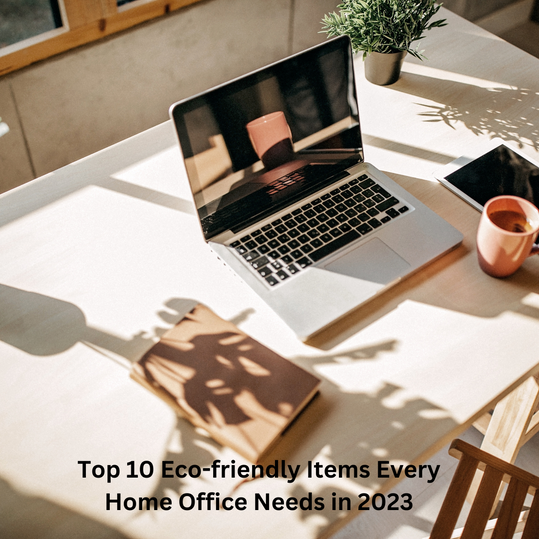
In our pursuit of a sustainable world, our home offices can't be left behind. From the way we communicate to...
Read More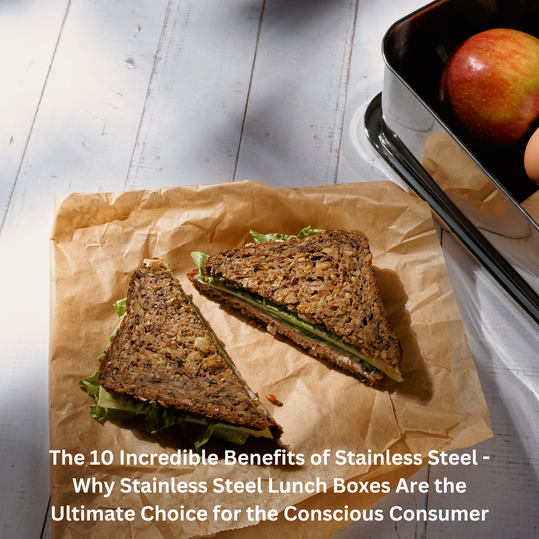
Eco-Friendly Living: Benefits of Stainless Steel - Why Stainless Steel Lunch Boxes Are a Must-Have for the Conscious Consumer Living...
Read More
Green Parenting: Eco-Friendly School Supplies - A New Beginning for Back to School As summer winds down and the leaves...
Read More
Introduction Have you ever wondered if living green could be as straightforward as using your smartphone? Everyday decisions, from what...
Read More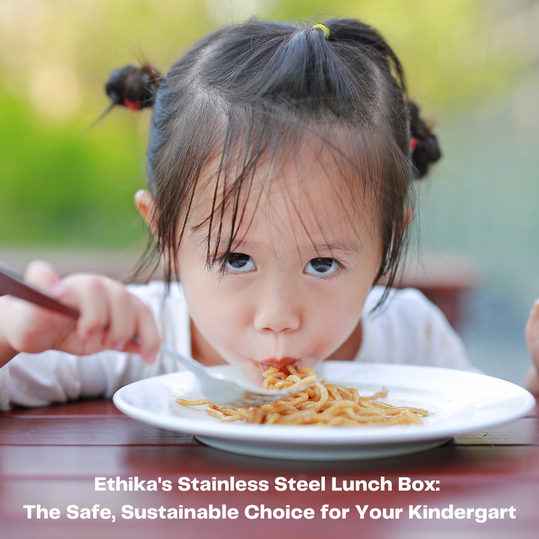
Safe and Convenient: The Ultimate Stainless Steel Lunch Box for Your Kindergartener As parents, we always prioritise the safety, health,...
Read More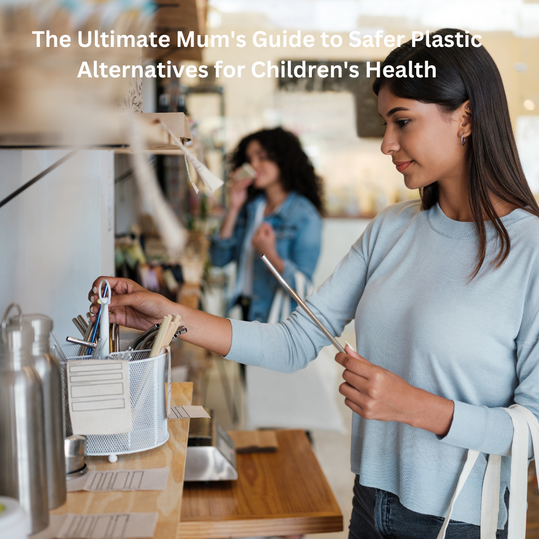
Hello, Supermums! Today, let's sit down with a cuppa and unravel a hidden concern that's closer to home than we...
Read More
Selecting the perfect kindergarten lunch box is a significant task for every parent. It's not just a container; it's a...
Read More
A Perfect Picnic Partner Ah, the humble picnic. An occasion where the charm lies not just in the food but...
Read More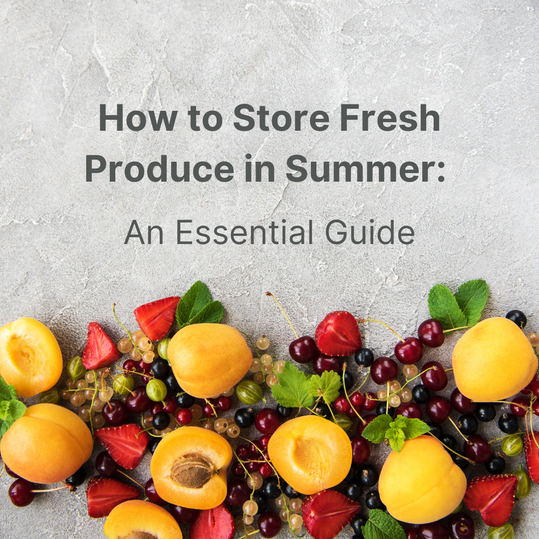
Introduction Summertime brings with it a bounty of fresh fruits and vegetables. However, the warm weather can also accelerate the...
Read More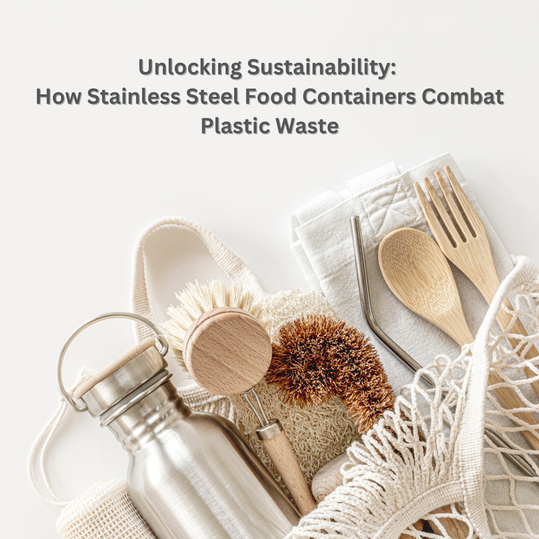
The Impact of Stainless Steel Food Containers: Saving Our Planet from Plastic Waste As we face the escalating concern of...
Read More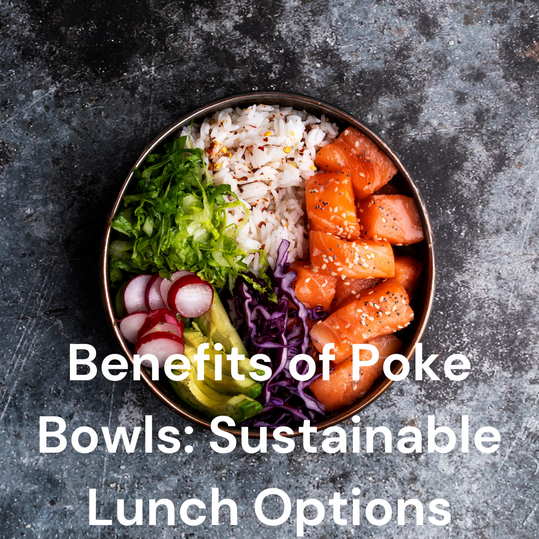
Introduction In today's fast-paced world, finding sustainable lunch options that are both convenient and environmentally friendly can be a challenge....
Read More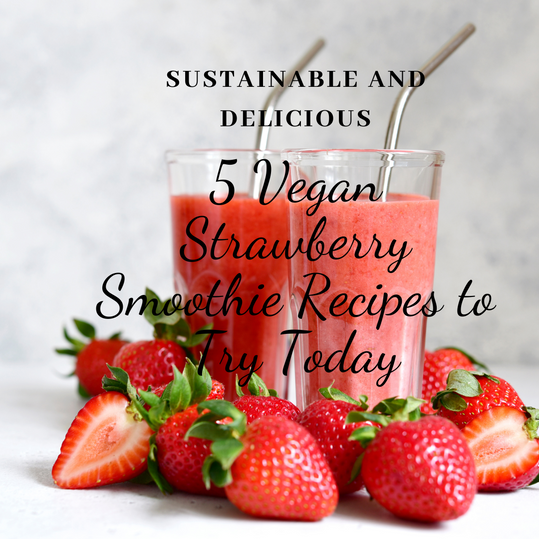
Attention all smoothie lovers! It's that time of year again, and the strawberry season is finally here! And what better...
Read More
Hello, Sweet Tooth! Are you someone who can't resist a sweet treat or an energy boost from sugary snacks? If...
Read More
Welcome to our article on money-saving tips for families! We know how challenging it can be to make the budget...
Read More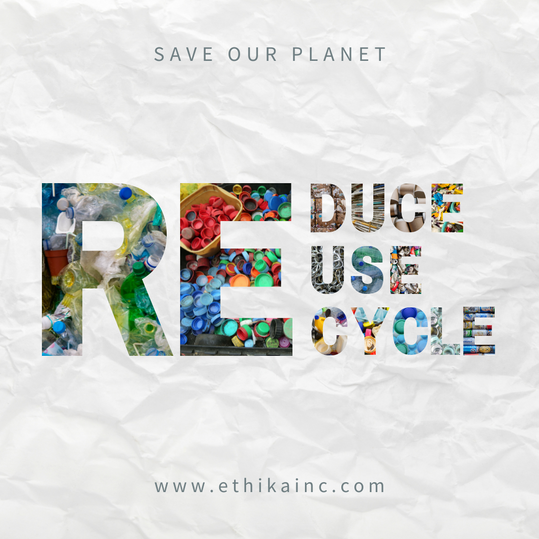
Waste reduction is an essential aspect of environmental conservation. The waste generated by humans has a significant impact on the...
Read More
In today's fast-paced world, our health often takes a backseat to our busy lifestyles. However, with the growing awareness of...
Read More
I am thrilled to share with you our latest feature in the Ayurveda Journal für ein gesünderes Leben. Our eco-friendly...
Read More
Easter is just around the corner, and what better way to celebrate than by dyeing Easter eggs with your loved...
Read More
Easter is just around the corner and it's time to start thinking about what gifts to give your children. As...
Read More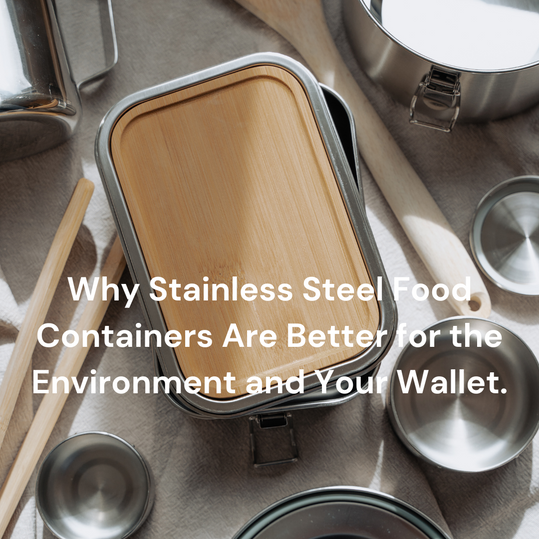
As someone who loves food and cares about the environment, I know how important it is to reduce food waste...
Read More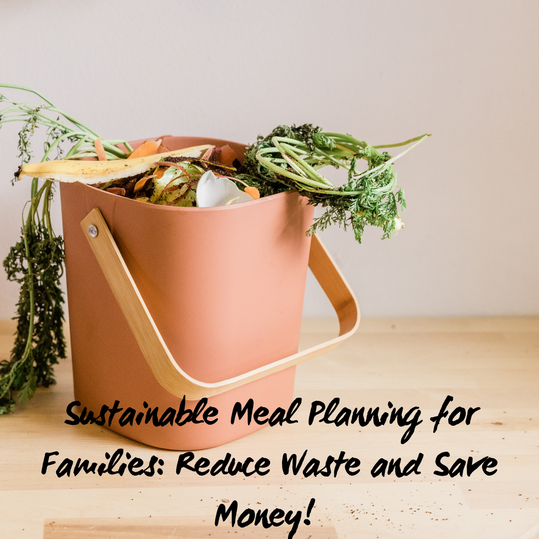
Meal planning is a crucial part of sustainable living. It not only helps you eat healthily, but it also reduces...
Read More
How to Plan a Green Spring Break Vacation As the world becomes increasingly aware of the impact of climate change,...
Read More
Spring is just around the corner, and it’s the perfect time to give your home a good deep clean. But...
Read More
As a woman entrepreneur running an eco-friendly online store, International Women's Day is a time to reflect on my journey...
Read More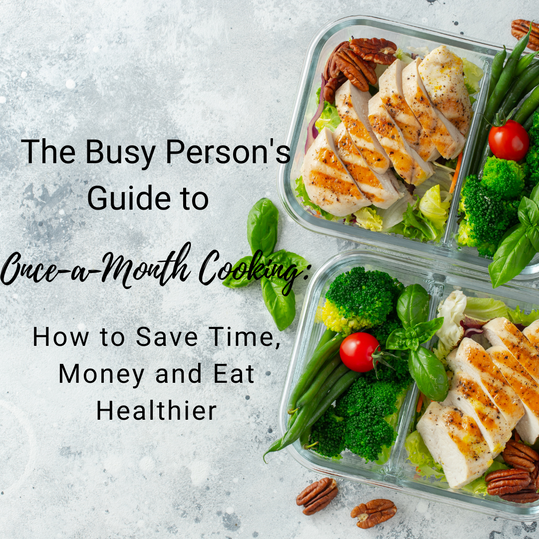
Once a month cooking, also referred to as bulk cooking or freezer cooking, is a quick way to make lots...
Read More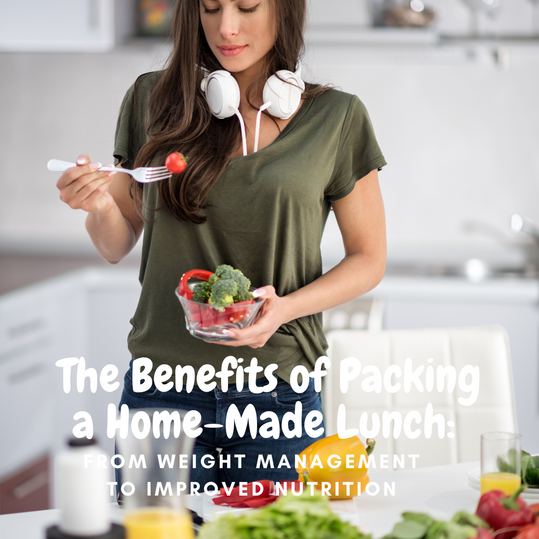
Packing your own lunch has a number of benefits that can help you stay fit and maintain a healthy diet....
Read More
Going green is no longer a luxury, but a necessity. Climate change, pollution, and other environmental issues have made it...
Read More
The food industry is constantly evolving, with new trends emerging all the time. From plant-based alternatives to sustainable seafood and...
Read More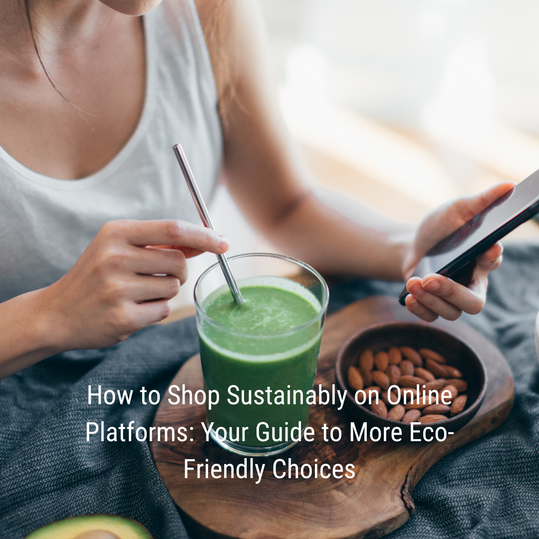
In recent years, sustainability has become an increasingly important factor in purchasing decisions. Consumers are looking for products that...
Read More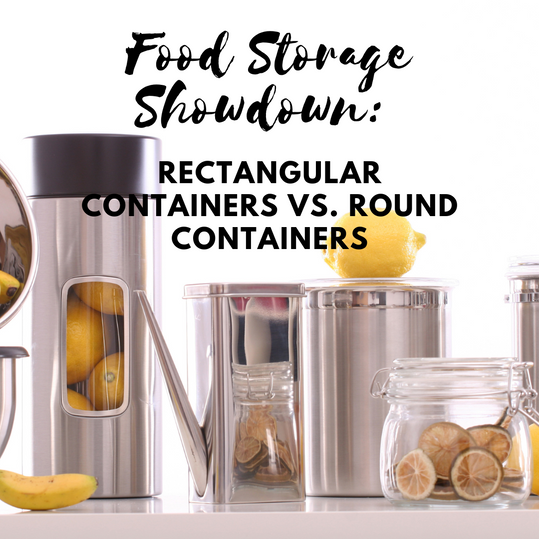
When it comes to storing food, one of the biggest decisions to make is which type of container to use....
Read More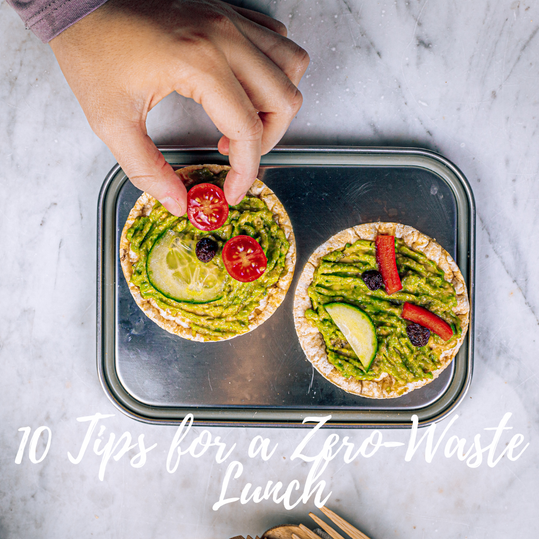
If you're looking to reduce your environmental impact and live a more sustainable lifestyle, one small but impactful change you...
Read More
Valentine's Day is just around the corner, and if you're looking to show your love and appreciation for your special...
Read More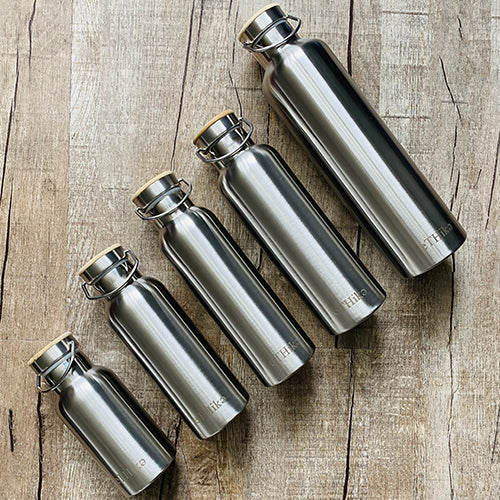
Staying hydrated is crucial for your health, but constantly buying disposable plastic water bottles can be expensive and bad for...
Read More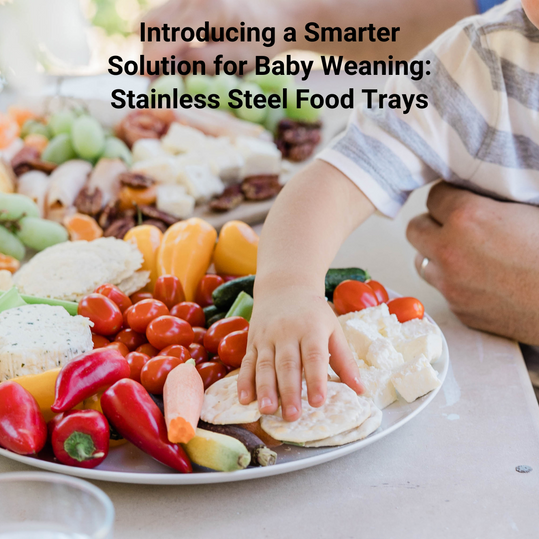
Weaning is a crucial stage in your baby's growth and development, as they make the transition from milk to solid...
Read More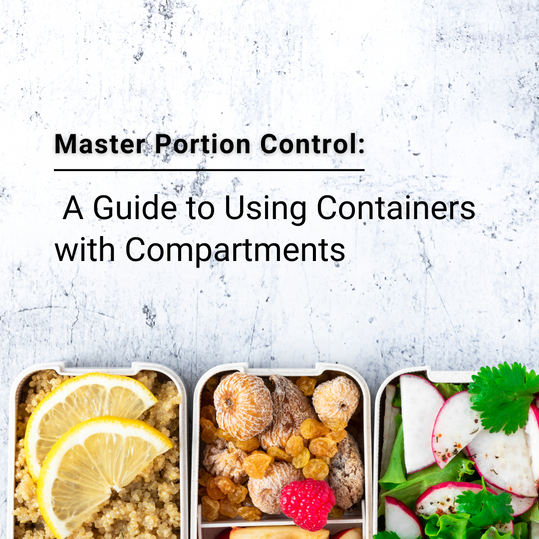
Eating healthy can be a real challenge, especially if you are trying to stick to a strict diet or trying...
Read More
Get inspired with these creative and healthy lunch box ideas to help you stick to your diet and...
Read More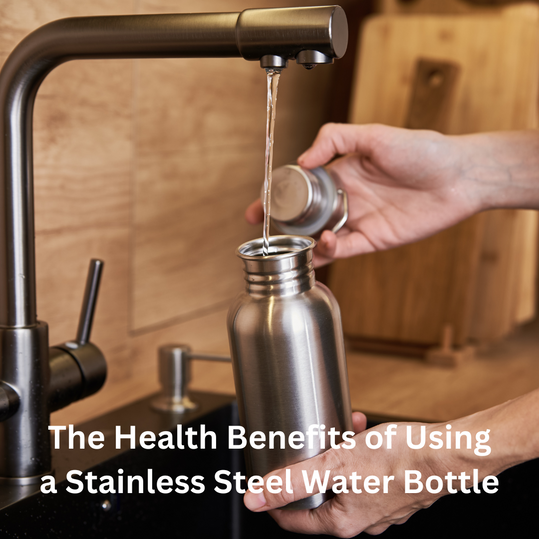
Drinking water is essential for maintaining good health, but the container you use to store your water can also have...
Read More
Are you tired of dealing with embarrassing bad breath? Do you want a fresher, healthier mouth without using harsh chemical-laden...
Read More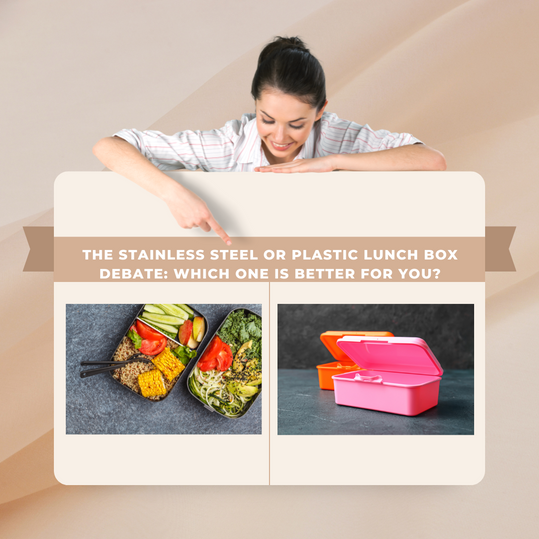
Eco-living entails not just making conscious decisions that benefit the environment, but also choosing choices that benefit our health. One...
Read More
Are you tired of using store-bought teeth whiteners that are filled with harsh chemicals? Are you looking for a more...
Read More
Do you ever wonder how the health of your mouth can affect the rest of your body? It's often said...
Read More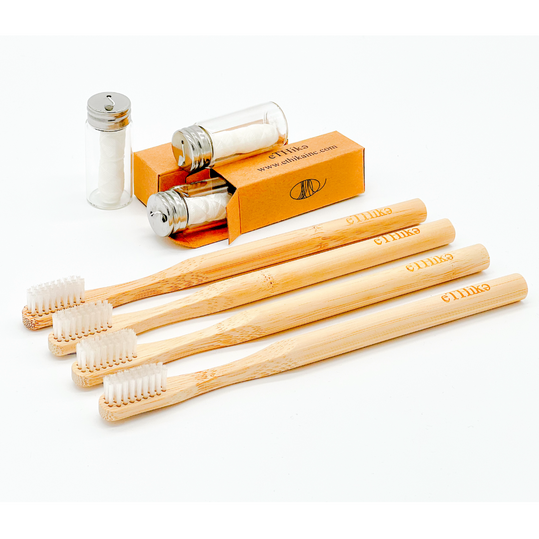
Looking for a natural and sustainable way to maintain a healthy smile? Look no further than Ethika's Plant-Based Oral...
Read More
Are you looking for a more natural and healthy option for your oral care routine? Natural oral care products, free...
Read More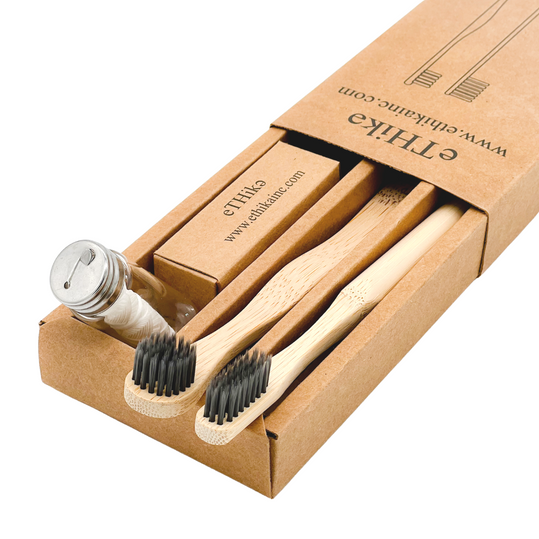
Welcome to the start of a new year! As we look to make positive changes and improvements in our lives,...
Read More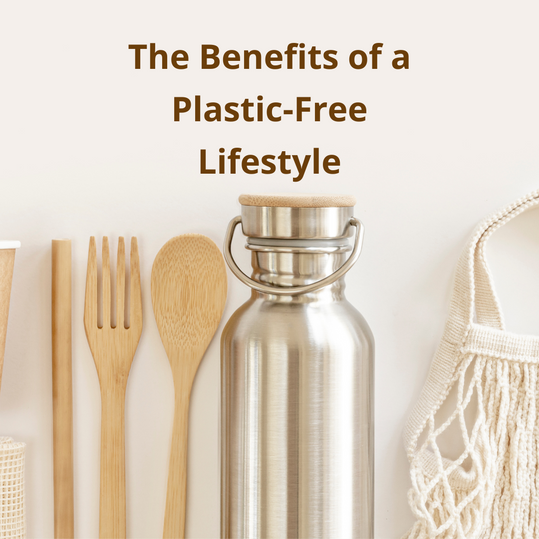
Plastic is a convenient and versatile material that is used in a wide range of products, from food packaging to...
Read More
As we bid farewell to 2022 and welcome in the new year, it's the perfect time to reflect on the...
Read More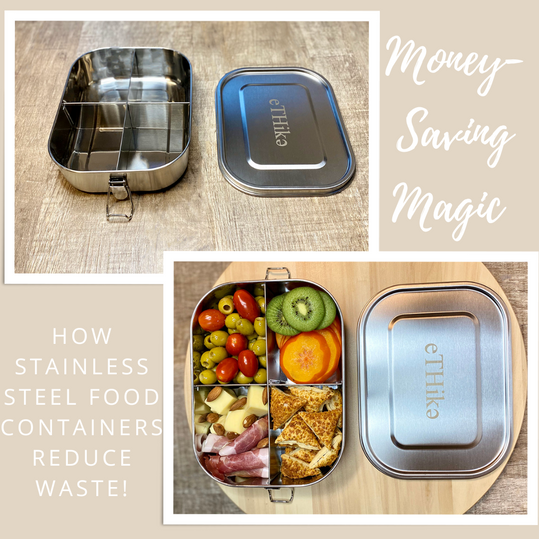
If you're looking to save money and reduce waste, investing in a high-quality stainless steel divided food container is a...
Read More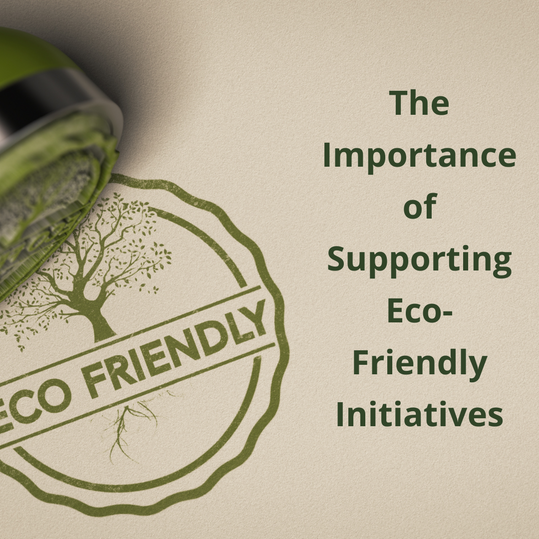
As consumers, we have the power to make a difference with the choices we make every day. From the food...
Read More